Piston Slap: Range(r) of Motion, OMGWTF Edition

TTAC Commentator 67dodgeman writes:
Sajeev, I have a question for the Piston Slap expert. My son drives my old ’99 Ford Ranger (extended cab, 4 cyl, manual, 2WD) with roughly 130,000 miles on the odometer. I had new tires put on 5 months back at the Firestone place. Then last week, the anti-lock brakes started acting up. As in heavily manipulating the pedal even during very light braking. I assumed the sensor was fried and pulled the fuse, after which everything worked normally. There was a slight ticking sound from the drive train, so I replaced U-joints. Still ticking, but no other obvious issues.
Then, Friday, the driver’s side rear tire and axle came loose. Luckily he was making a low speed U-turn and the last 6” of axle was still in the housing by time he stopped. We jacked the truck up, pushed the axle back in, and pushed it home (two blocks – very very lucky it happened there and not on I-45). I pulled the differential cover and immediately found the (bleeping) C-clip loose in the housing. The anti-lock sensor works off of teeth on the ring gear (just now figured that out), so I’m assuming that having about half the teeth ground off is the cause of the brake malfunction. The oil appeared original, had that burnt smell, and was full of grit. I’m now in the process of changing the whole assembly with a salvage yard spare due to the gear damage.
My question is – what caused the C-clip to fail? I noticed when pulling the driver’s side tire off the axle that the lug nuts were over-torqued. I put my torque wrench on it and had to dial up to 150 ft-lbs before they would break loose. I’ve had issues with Firestone (and others) over-torqueing wheels in the past. But to pull the axle hard enough to damage the C-clip? Maybe if the brake drum wasn’t squared up properly?
Most of the forum discussions about C-clip failures center on jacked up trucks with over-sized tires. This one is stock. For a plain Jane work/commuting truck, that Ranger has been my best vehicle purchase in the past 25 years. Having an axle fail at 130,000 miles has seriously shattered my faith.
Sajeev Answers:
Funny you mentioned the fear of a Ranger axle failure on the highway, a former co-worker had that problem (2002-ish, 2.3L, 5-speed) on I-10 with less then 100k on the odometer, zero modifications, and no history of heavy duty use. The axle flew out, landed in the grass, and the Ranger slid across the median and screeched to a stop on the other side of the freeway. Nobody was hurt (thank goodness) but it totaled the truck. I called Ford after the owner did the same, but we didn’t hear back from Dearborn. Then I moved on to a new job and new co-workers. Who knows if anything ever happened, but the Detroit 3 are bad about fixing problems once the warranty expires.
Which seems unfair in these situations. Trucks axles have legendary toughness, even small Rangers with zero suspension/wheel modifications. The Ford savvy among us may debate the durability of the Ranger’s 7.5-inch differential, but I’ve seen drag racing Fox Body freaks run 12-second timeslips (consistently) with no problems. They don’t suck as much as the 8.8” fanbois may suggest.
Since the C-clip is connected to the wheels, an over-torqued wheel can affect it. Technically. But it’s a steep jump to assume that cranked-down lug nuts can shave off the ABS exciter teeth, burn the fluid and vibrate the C-clip loose. I’ve never taken apart a differential, because I know better: that’s suited to a professional. So I shouldn’t comment.
But I will. And cry foul: a manufacturing or assembly error at whatever factory produces these axles. Best and Brightest, am I wrong?
Send your queries to mehta@ttac.com

More by Sajeev Mehta
Latest Car Reviews
Read moreLatest Product Reviews
Read moreRecent Comments
- Corey Lewis It's not competitive against others in the class, as my review discussed. https://www.thetruthaboutcars.com/cars/chevrolet/rental-review-the-2023-chevrolet-malibu-last-domestic-midsize-standing-44502760
- Turbo Is Black Magic My wife had one of these back in 06, did a ton of work to it… supercharger, full exhaust, full suspension.. it was a blast to drive even though it was still hilariously slow. Great for drive in nights, open the hatch fold the seats flat and just relax.Also this thing is a great example of how far we have come in crash safety even since just 2005… go look at these old crash tests now and I cringe at what a modern electric tank would do to this thing.
- MaintenanceCosts Whenever the topic of the xB comes up…Me: "The style is fun. The combination of the box shape and the aggressive detailing is very JDM."Wife: "Those are ghetto."Me: "They're smaller than a Corolla outside and have the space of a RAV4 inside."Wife: "Those are ghetto."Me: "They're kind of fun to drive with a stick."Wife: "Those are ghetto."It's one of a few cars (including its fellow box, the Ford Flex) on which we will just never see eye to eye.
- Oberkanone The alternative is a more expensive SUV. Yes, it will be missed.
- Ajla I did like this one.



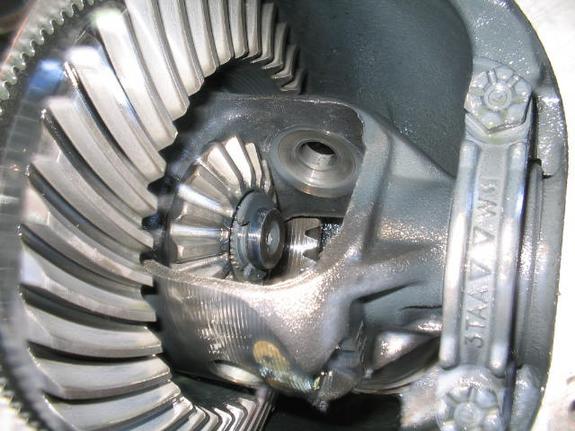












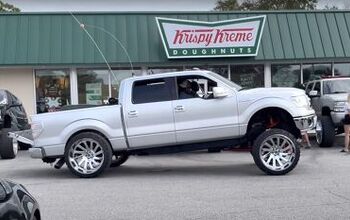

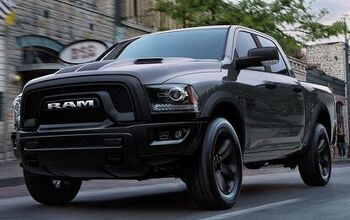
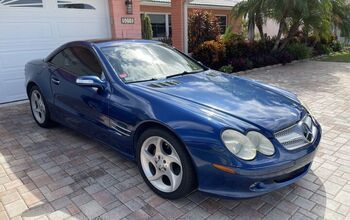
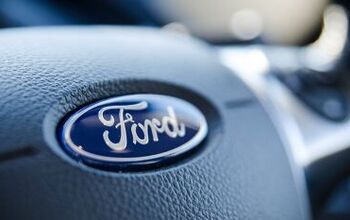
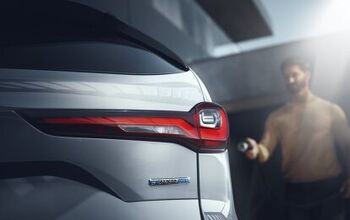



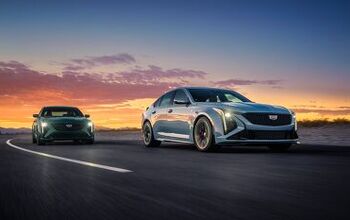
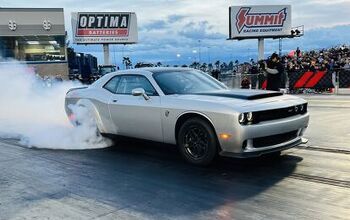

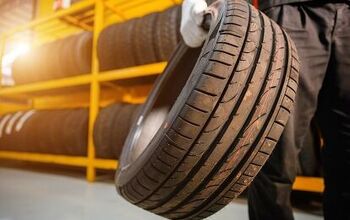
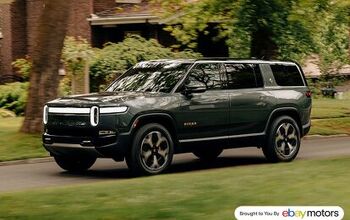
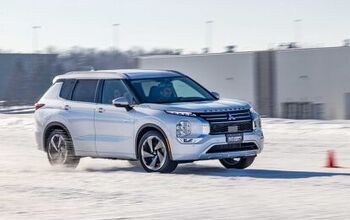



Comments
Join the conversation
Similar thing happened to me, also in Houston. Driving N. on the 610 west loop at about 70 mph in my '81 RX-7, the left axle and wheel came out. As the car skidded on the backing plate, the wheel and axle passed me in an arc and I hit it. The axle went into the wheel well and I pole-vaulted over it on two wheels. Put an inch sized hole in the top of my right fender. Right behind me was a tow truck driver the saw the whole thing. He said he thought I was going to flip the car when I hit the wheel and axle. He put the car on the lift, tossed the wheel & axle in the back and towed me home. Before lowering the car in my driveway, I put jack stands under it. On the RX-7 the axle is held in placed by a pressed bearing sandwiched between the backing plate and axle housing.Took the axle and walked to the nearest auto parts store and had a new bearing pressed on and was back on the road in less then 2 hours. Can't really blame Mazda for the problem though. I suspect the after market turbo charger I put on it had a something to do with it.
130,000 miles on the original lube, and never had the cover off for inspection? Asking for trouble, especially with a standard transmission. Add in a young driver who may be a little more "exuberant" with resulting shockloads and wheelspin applied to an already worn out dif. and your results are not unexpected. If you get a junkyard dif, replace both C-clips, the planet pin and bolt before you install it. Cheap insurance. In my fleet we pull the cover and change lube oil at 160,000 km without fail. We also change the parts noted above. (with Dodges we do this just before warranty expiry at 100,000 Km). I'm very glad to hear this did not happen at speed, although the U-turn you described is more typical of when you can expect this to happen. Intersections at rush hour are a close second. Completely preventable for an hour of your time and about $35.00 in materials.